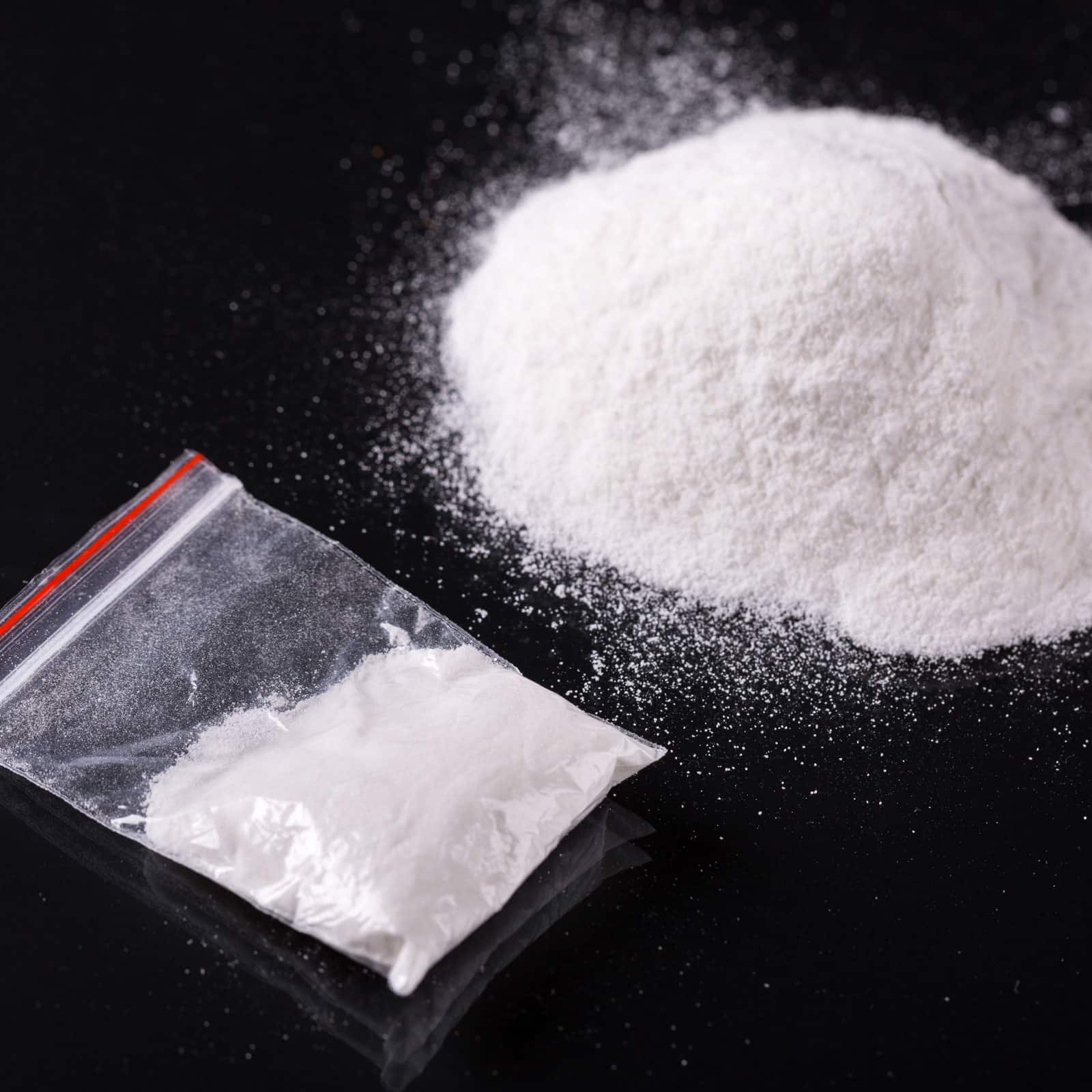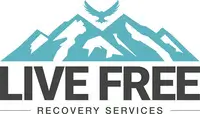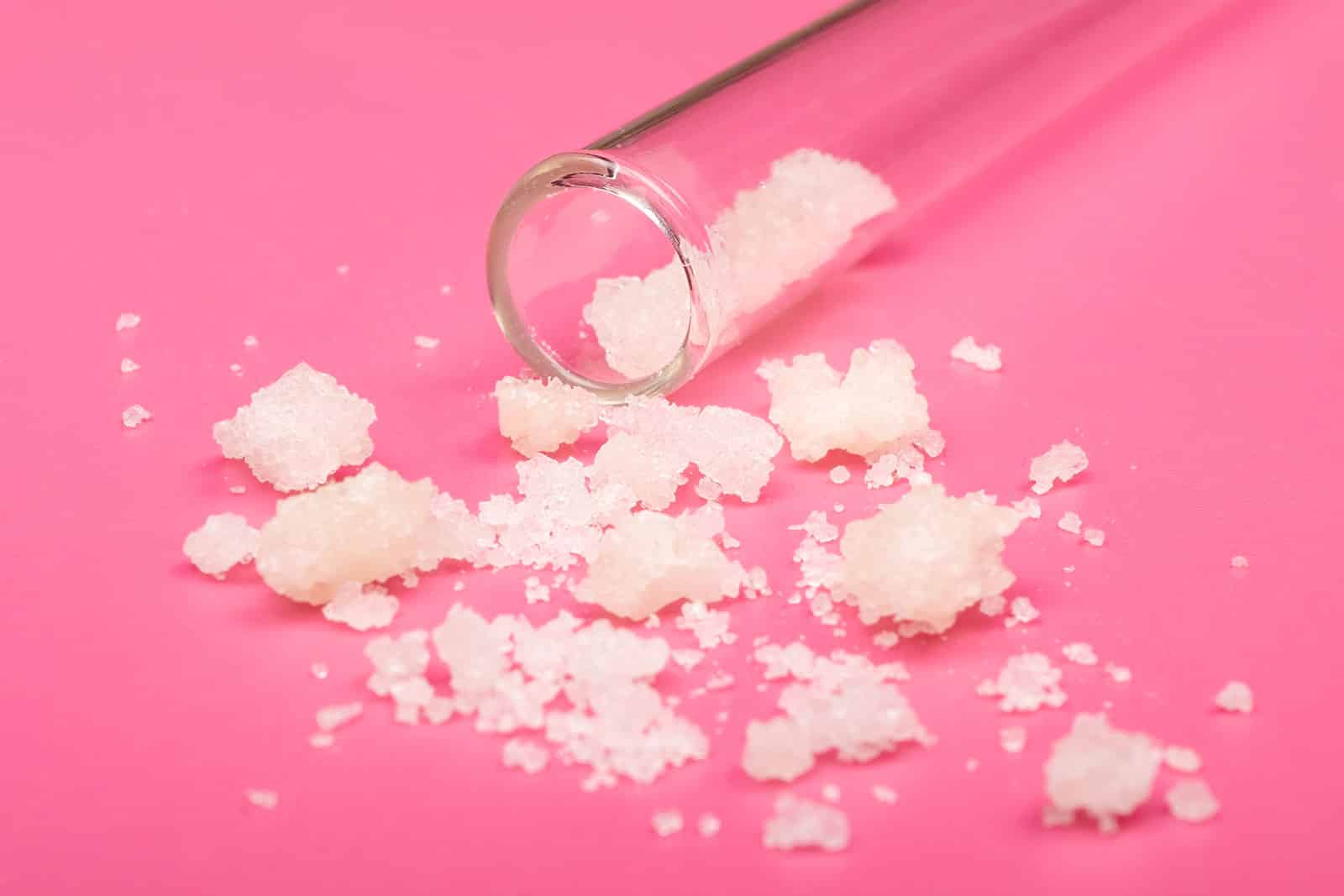According to the National Institute on Drug Abuse (NIDA), at least 6% of the American population (12 years or older) has tried meth at least once. Although this number may be small, meth is such an addictive stimulant that this number is 6% too many.
Methamphetamine, also known as meth, comes in various forms – a crystal, powder, pill, or liquid – and because it’s a highly addictive stimulant, understanding its different forms is important for your safety. This article looks at meth in its various forms, how it is sold, and how to identify it.
Understanding Methamphetamine
Methamphetamine belongs to the class of amphetamine drugs and is a stimulant that primarily affects the central nervous system. The drug increases the amount of dopamine in your brain, creating feelings of euphoria and increased alertness. While the high may feel pleasurable, there are dangerous side effects to meth, such as cardiovascular problems, dental problems, and mental health issues.
Common street names include crystal, ice, and crank. Crystal and ice refer to the rock forms of crystal, which are typically smoked or melted down and then injected. Crank refers to the powder form of meth, which is typically snorted.
Meth is available in different forms, which contributes to how it is sold and used. Each form has distinct characteristics.
- Crystal Meth: Crystal meth looks like clear, chunky crystals. These crystals or rocks are often clear or slightly pinkish.
- Powder Meth: Powder meth is white or off-white and looks like chalk dust.
- Pills: The pill form of meth is usually crushed and then snorted or ingested whole.
While the crystal and powder forms of meth are usually sold on the street as recreational drugs, the pill form of meth is used to treat various disorders, such as attention-deficit hyperactivity disorder (ADHD), obesity, and panic attacks. The brand name for the pill form of meth is Desoxyn.
Visual Characteristics of Methamphetamine

Meth can look very different, depending on where you buy it or what its intended use is.
Crystal Meth
Crystal meth usually resembles bits of glass, and it can be clear, slightly bluish, or slightly yellowish. The rocks are somewhat transparent, irregularly shaped, and come in different sizes. The sizes can be small shards to larger, rock-like chunks. Very pure crystal meth rocks are sometimes called “ice.” These rocks are typically melted down and then smoked or injected to give an intense and immediate high.
Powdered Meth
Powdered meth resembles salt or granulated sugar. Depending on how pure the powdered meth is, the color can range from off-white to light brown. The powder is usually fine and grainy, though sometimes it can be sticky. The powder can easily be dissolved in water or alcohol and has a bitter taste. Powdered meth is usually snorted.
Meth Pills

Meth pills are available as small, round pills or tablets. Their color can vary widely, ranging from white to yellow or even dyed colors. Sometimes, you’ll find logos or symbols on them. As mentioned, meth pills (Desoxyn) are used to treat various disorders, such as ADHD and obesity.
How Meth Is Packaged and Sold
Besides recognizing what meth looks like, it’s crucial to know how it is packaged and sold.
Common Packaging
Meth is usually packaged in small plastic bags or zip-lock bags for easy visibility. Sometimes, foil wraps are used to preserve the drug and prevent moisture from getting in. Other ways of packaging meth include paper envelopes and plastic containers as these are easy to obtain and inconspicuous.
Street-Level Distribution
At street level, meth is usually sold in grams or “eight balls.” The term “eight balls” refers to 3.5 grams.
Common paraphernalia found with meth include pipes, straws, and needles. Glass pipes are used to smoke the rock form after it has been melted down. Straws are used to snort the powder form, and needles are used to inject the liquid form after the crystals have been melted. Understanding how meth is packaged and sold can help you recognize meth abuse effectively.
Recognizing Methamphetamine in Different Contexts
It’s also important to be able to recognize meth in different contexts, whether it’s in someone’s home or on a person.
In the Home
To recognize meth in someone’s home, look for specific signs, such as unusual chemical odors, small plastic bags, and crystalline residues. The chemical odor may smell very similar to ammonia or cat urine.
Other signs that indicate meth presence are paraphernalia, such as glass pipes, syringes, aluminum foil, and spoons. When crystal meth is melted, the rocks are placed in aluminum foil and heated over a flame. As the rocks melt and the vapors rise, users inhale the fumes through glass pipes. Crystal meth rocks can also be melted in spoons. Once melted, users draw in the liquid with a syringe and inject it.
On the Person
Physical signs that indicate people are using meth include residues on their hands or clothing as well as unusual odors on their breath or clothes.
There may also be behavioral signs like excessive talking and hyperactivity. Long-term meth users often have “meth mouth” or acidic tooth decay, characterized by missing or rotting teeth.
The Importance of Recognizing Methamphetamine
Health and Safety Risks
One of the main reasons it’s important to be able to recognize meth is due to the health and safety risks associated with the drug. Accidental exposure or ingestion can be extremely dangerous, especially for toddlers and babies. Toddlers may accidentally come into contact with meth residue and ingest it.
Meth use can also cause neurological damage and cardiovascular issues. Some long-term meth users display psychotic features, such as paranoia and hallucinations.
Meth production is dangerous, too. Some of the chemicals used in manufacturing meth are extremely volatile and may explode if they are stored improperly. Some meth producers have “box labs,” which are small enough to fit in a backpack.
Legal and Social Implications
There are also severe consequences of using and distributing meth. Although each state differs on how meth is prosecuted, many states will charge you with a fifth-degree felony for having less than 3 grams of meth in your possession. Distributing meth can result in a federal drug trafficking charge and a penalty of 5-40 years of prison time for 5-49 grams of pure meth.
Socially, a meth addiction can be devastating for families and communities. Users will struggle with financial stability and have strained family relationships. Communities can also suffer from higher-than-normal crime rates as well as an increased need for addiction treatment centers.
Live Free Recovery
Being able to recognize the various forms of meth is crucial. Meth can come in the form of small rocks, powder, or pills. Being aware of what it looks like, how it is packaged, and how it is distributed can help you avoid being exposed to it accidentally. Awareness and vigilance in identifying meth can help protect yourself and your family members.
If you or someone you love is struggling with a meth addiction, it’s important to seek help and educate yourself on the consequences of meth use. At Live Free Recovery, we can help those suffering from substance use disorders. We offer a variety of therapies and treatment programs.
Contact us today to learn more.


